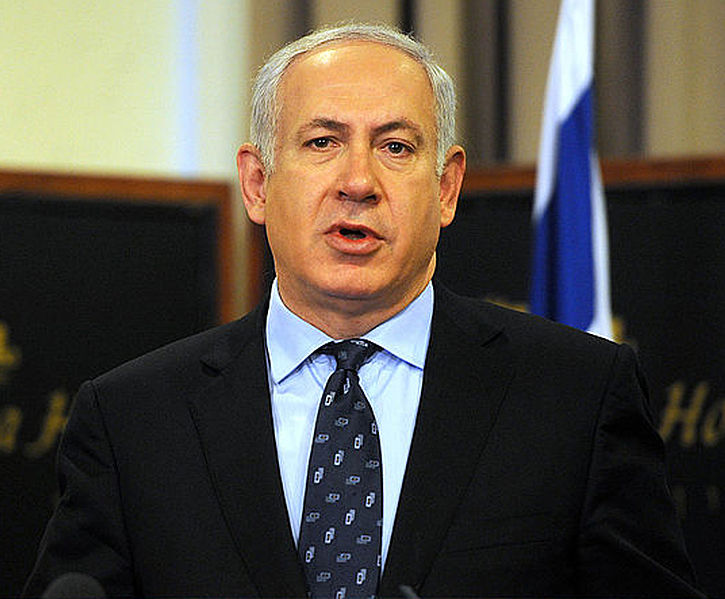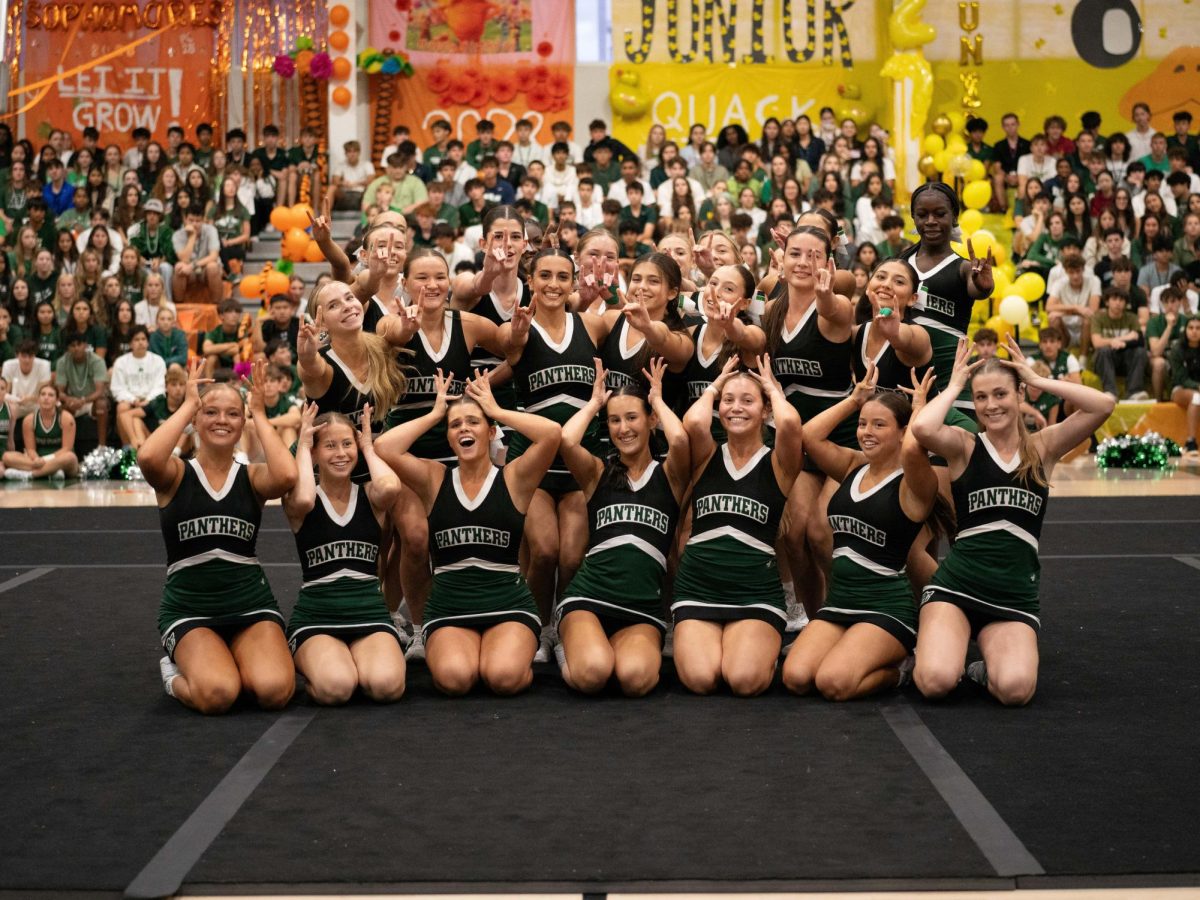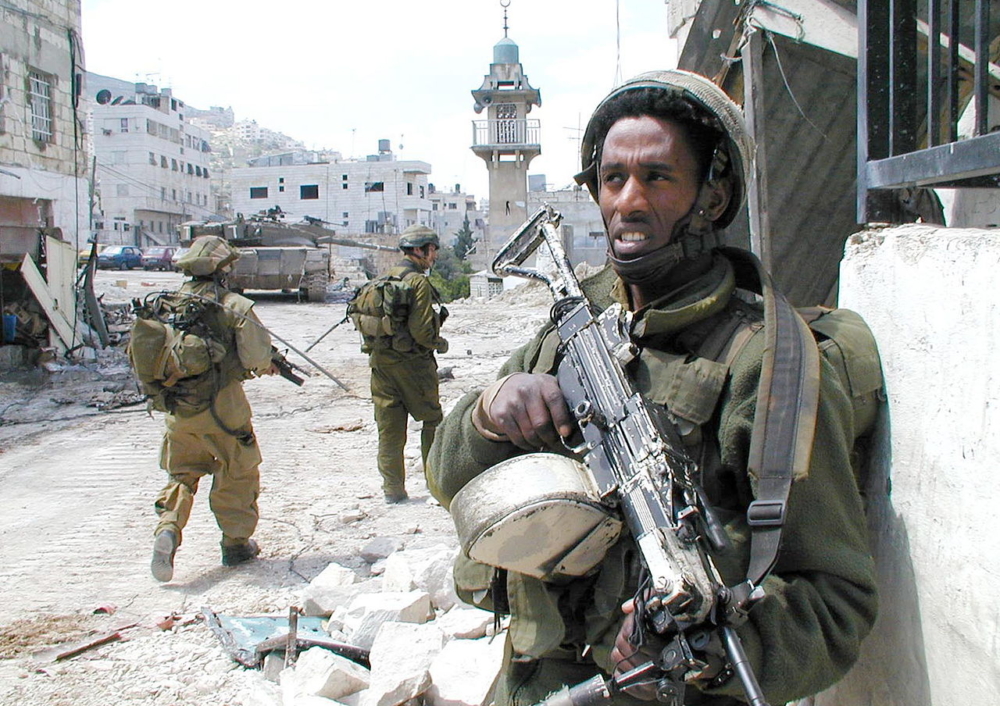[ot-caption title=”The Israel-Palestine conflict is ongoing and evolving.” (Israel Defense Forces, Wikimedia CC BY-SA 2.0)”]
The history of Israel-Palestine relations and conflict is both long and complicated. It began in the early 19th century before World War II and the Holocaust; Palestine was inhabited by 86% Muslims, 10% Christians, and 4% Jews. In 1947, the United Nations created the State of Israel as a response to Hitler’s rise during World War II and the global rise in anti-antisemitism. Jewish nationalist movements and Zionism helped lead to the creation of the State of Israel. Since the very first wave of Jewish refugees moved to Palestine, there has been perpetual violence between the two groups. [spacer height=”20px”]
The first major conflict occurred when the Israeli group Yishuv fought against the Arab League and the Palestinian army under the direction of Abd al-Qadir al-Husayni. The fighting between the Israelis and Palestinians led to the displacement of many Palestinian Arabs, which in turn led to violence against Jews in North Africa and the Middle East, creating many Jewish refugees. [spacer height=”20px”]
The Arab-Israeli War began in 1948 with the Arab League’s intervention on behalf of the Palestinians, resulting in approximately 15,000 deaths. The 1948 war has lead to much disagreement over culpability. People who are pro-Israel claim that Israel’s land which was given to them legally through the UN was invaded by the Arab League, while those who are pro-Palestine claim that all of the fighting happened on Palestinian land, making it impossible for the Arabs to have been the ones who invaded. Since the war of 1948, violent attacks have been committed from both sides somewhat regularly. [spacer height=”20px”]

It has been especially difficult for Israel and Palestine to come to terms on a solution to this crisis. This is especially true because Benjamin Netanyahu, the Prime Minister of Israel, has taken a very hard line stance towards negotiations with Palestine. [spacer height=”20px”]

Regardless of the different rationales for support on both sides, it is clear that inflammatory rhetoric is being used in this conflict. Prime Minister Netanyahu periodically takes to social media to post short videos with his thoughts on current events and the conflict in general. He came under fire recently for saying that the Palestinians were trying to “ethnically cleanse” Jews from the West Bank. It is also difficult to isolate a specific solution that will be agreeable, but Palestinian president, Mahmoud Abbas, believes that peace is achievable as long as Israel stops settling, a condition that the Israeli government has long rejected. [spacer height=”20px”]
These various conflicts will continue due to historical animosities and current disputes over solutions. There is not currently a plan that both countries find agreeable, but they will continue diplomatic efforts to sovle this problem. Although there may never be harmony between Israel and Palestine, the fight for peace will not stop until an agreement or compromise is made. [spacer height=”20px”]
Featured Image Photo Source: Standing Guard in Nablus by Israeli Defense Forces (CC BY-SA-2.0)
Negev Brigade Photo: By Shershel Frank (National Photo Archive) [Public domain], via Wikimedia Commons
Netanyahu Photo: By Cherie Cullen, Wikimedia [Public Domain])
Sources: Jewish Virtual Library, If Americans Knew, BBC, MERIP, Daily Mail, Info Please, Jerusalem Post, Washington Post, Good Reads
































![Stranger Things 4: What to Expect [Warning: Contains Spoilers]](https://pcpawprint.com/wp-content/uploads/2021/11/StrangerThings4-900x473.jpeg)
























































